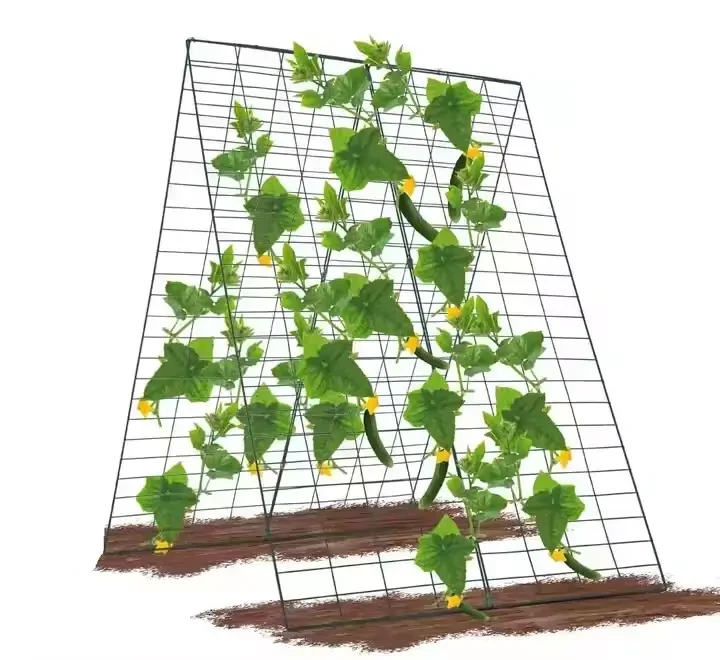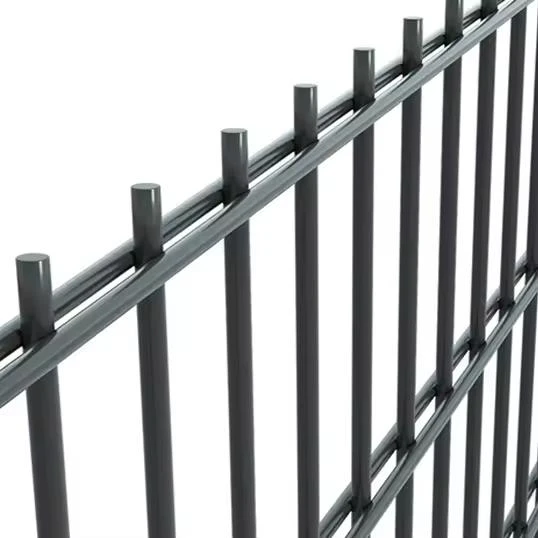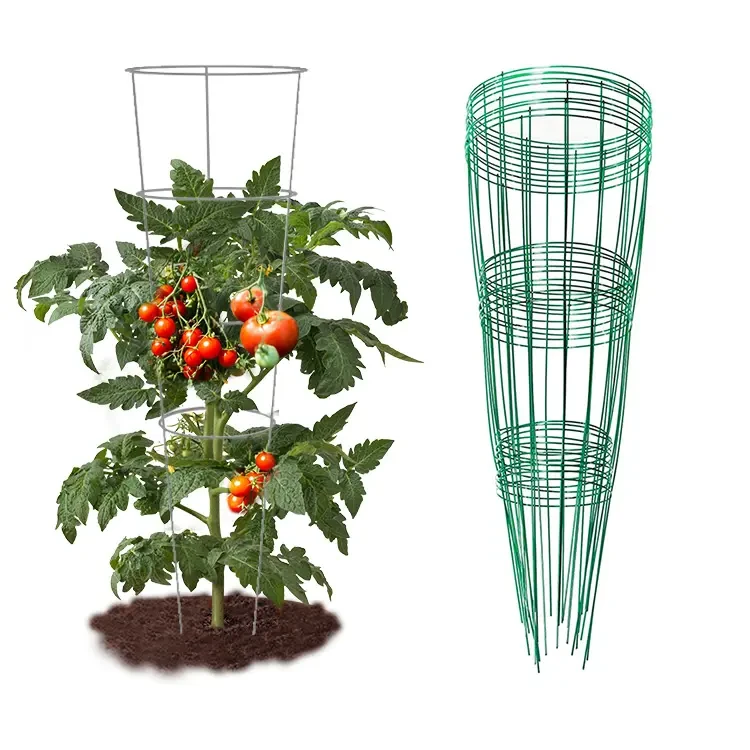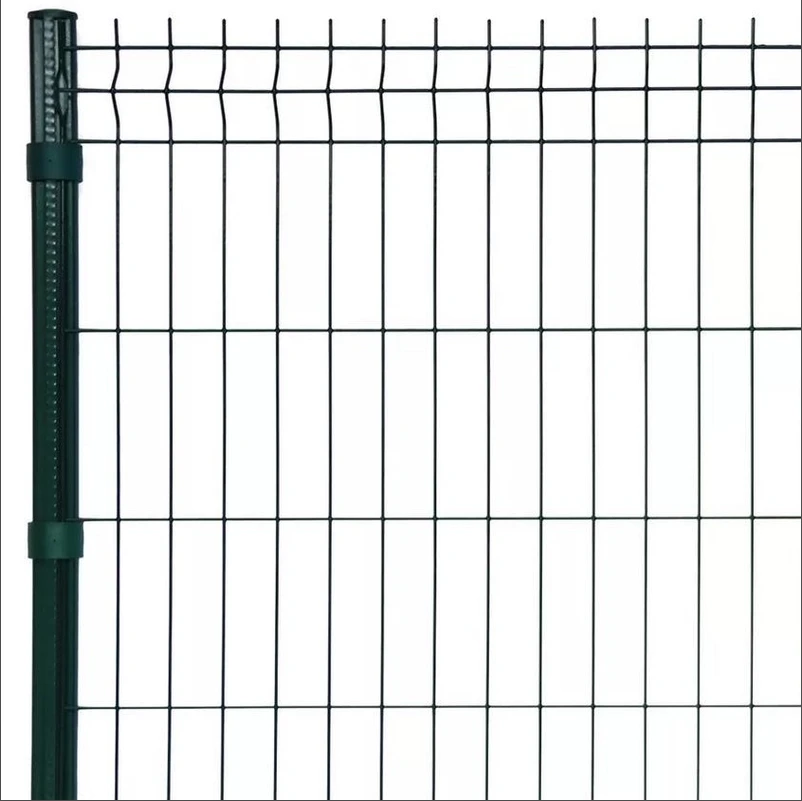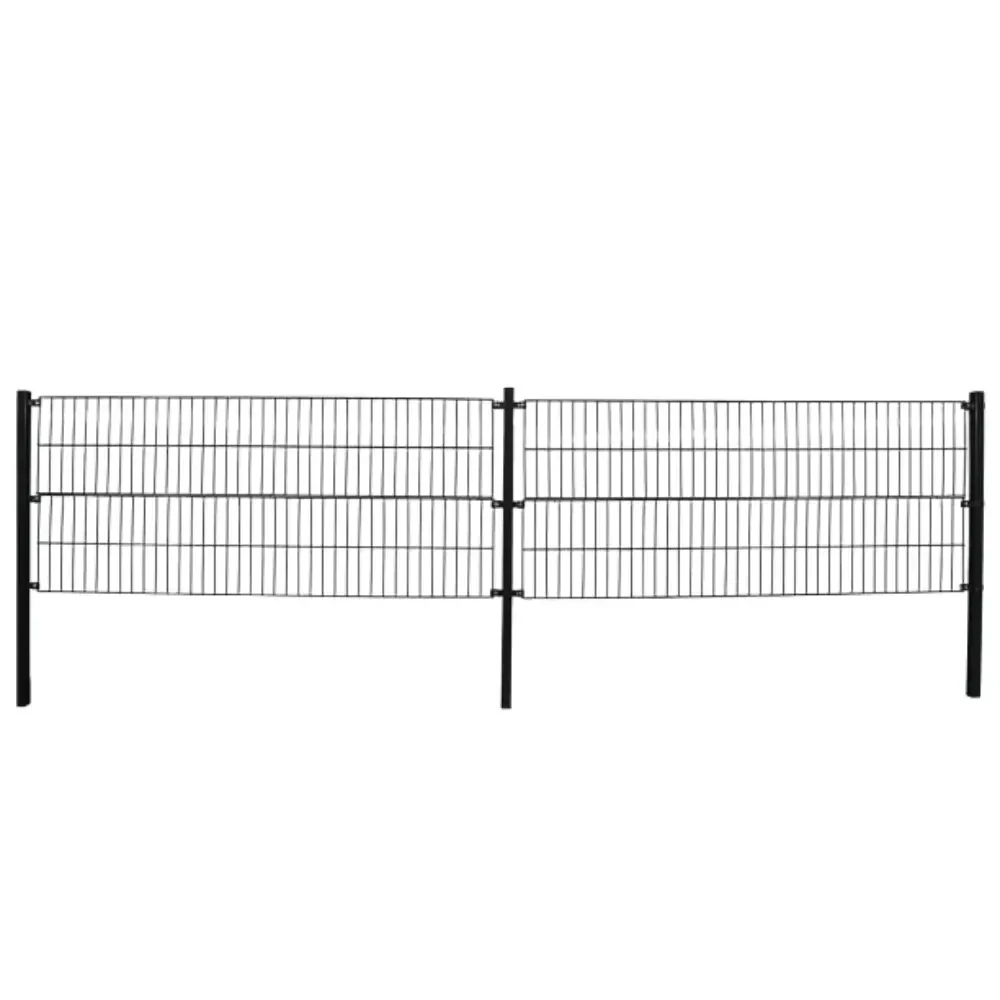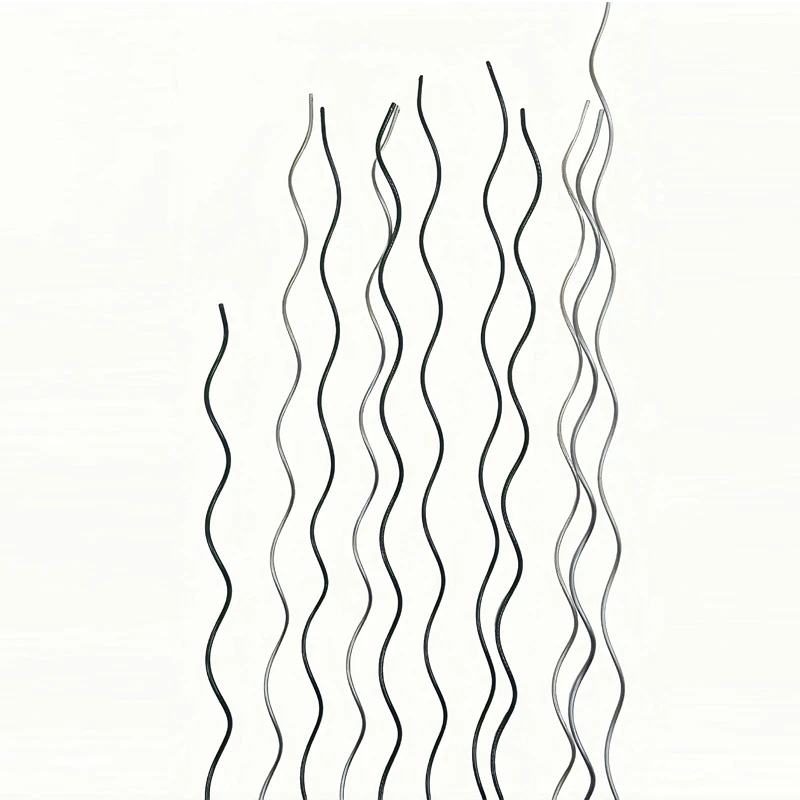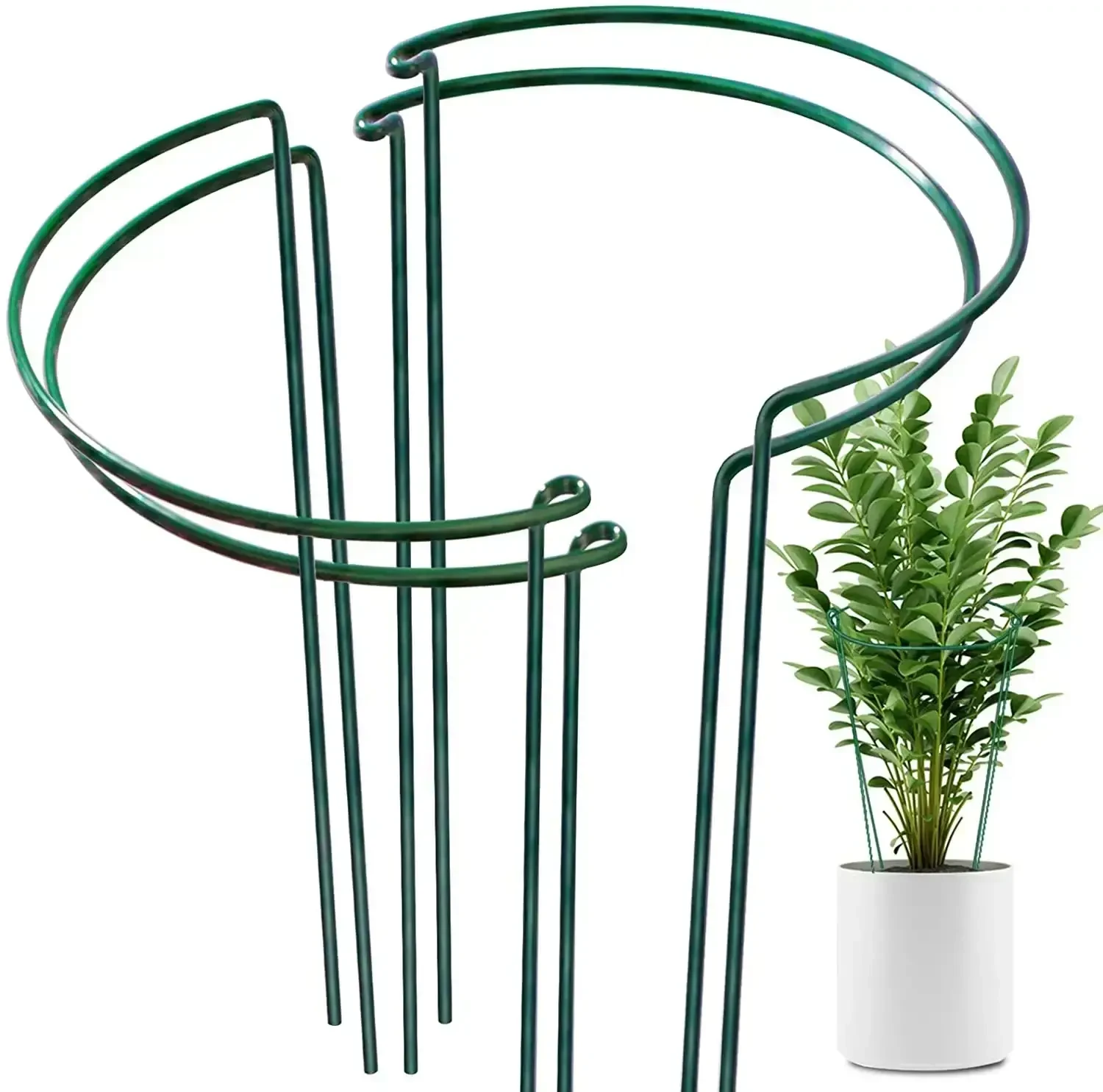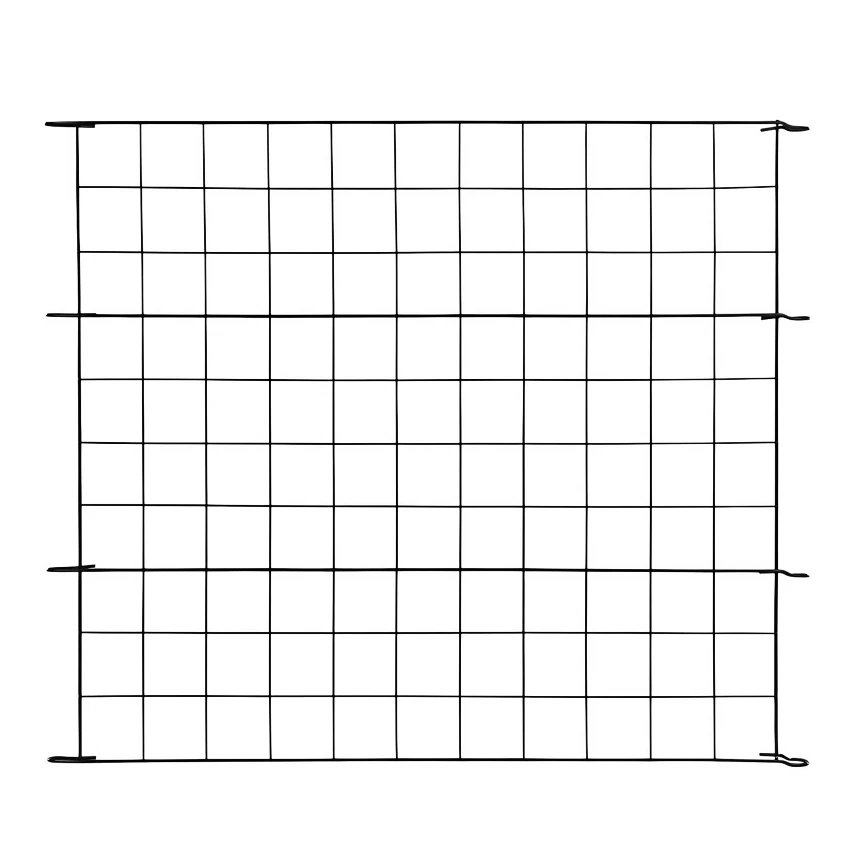-

-
 Whatsapp:+86 17732187393
Whatsapp:+86 17732187393 -


- Afrikaans
- Albanian
- Amharic
- Arabic
- Armenian
- Azerbaijani
- Basque
- Belarusian
- Bengali
- Bosnian
- Bulgarian
- Catalan
- Cebuano
- Corsican
- Croatian
- Czech
- Danish
- Dutch
- English
- Esperanto
- Estonian
- Finnish
- French
- Frisian
- Galician
- Georgian
- German
- Greek
- Gujarati
- haitian_creole
- hausa
- hawaiian
- Hebrew
- Hindi
- Miao
- Hungarian
- Icelandic
- igbo
- Indonesian
- irish
- Italian
- Japanese
- Javanese
- Kannada
- kazakh
- Khmer
- Rwandese
- Korean
- Kurdish
- Kyrgyz
- Lao
- Latin
- Latvian
- Lithuanian
- Luxembourgish
- Macedonian
- Malgashi
- Malay
- Malayalam
- Maltese
- Maori
- Marathi
- Mongolian
- Myanmar
- Nepali
- Norwegian
- Norwegian
- Occitan
- Pashto
- Persian
- Polish
- Portuguese
- Punjabi
- Romanian
- Russian
- Samoan
- scottish-gaelic
- Serbian
- Sesotho
- Shona
- Sindhi
- Sinhala
- Slovak
- Slovenian
- Somali
- Spanish
- Sundanese
- Swahili
- Swedish
- Tagalog
- Tajik
- Tamil
- Tatar
- Telugu
- Thai
- Turkish
- Turkmen
- Ukrainian
- Urdu
- Uighur
- Uzbek
- Vietnamese
- Welsh
- Bantu
- Yiddish
- Yoruba
- Zulu
different types of farm fences
Different Types of Farm Fences
Fencing is an essential aspect of any farm, serving multiple purposes such as keeping livestock in, protecting crops from wildlife, and delineating property boundaries. With various types of farm fences available, choosing the right one depends on factors like the types of animals being contained, the geography of the land, budgetary constraints, and aesthetic preferences. Here, we explore several popular types of farm fences and their unique features.
1. Barbed Wire Fences
Barbed wire fences are one of the most common types of farm fencing, particularly in rural areas. They consist of strands of wire twisted together with barbs at regular intervals. This design can deter livestock and trespassers effectively without the high cost of more elaborate fencing systems. However, while barbed wire is durable and cost-effective, it’s less humane for animals and may cause injury if animals become entangled.
2. Electric Fences
Electric fences are increasingly popular for farms that need to contain livestock. They deliver a mild electric shock when the wire is touched, acting as a strong deterrent. Electric fences are versatile and can be set up quickly, making them an economical option especially for temporary enclosures. They are effective in keeping animals within a designated area while also preventing wild animal intrusions. However, regular maintenance is necessary to ensure the electric system functions properly, as downtime can compromise the fence's effectiveness.
Wooden fences are often chosen for their aesthetic appeal and traditional look. They come in various styles, including post-and-rail, stock fencing, and split rail. These fences provide a strong physical barrier and can be an ideal choice for horses and other large animals. They also contribute to the overall beauty of a farm but require regular maintenance to prevent rot and wear from the elements. As a result, they can be more costly over the long term.
different types of farm fences
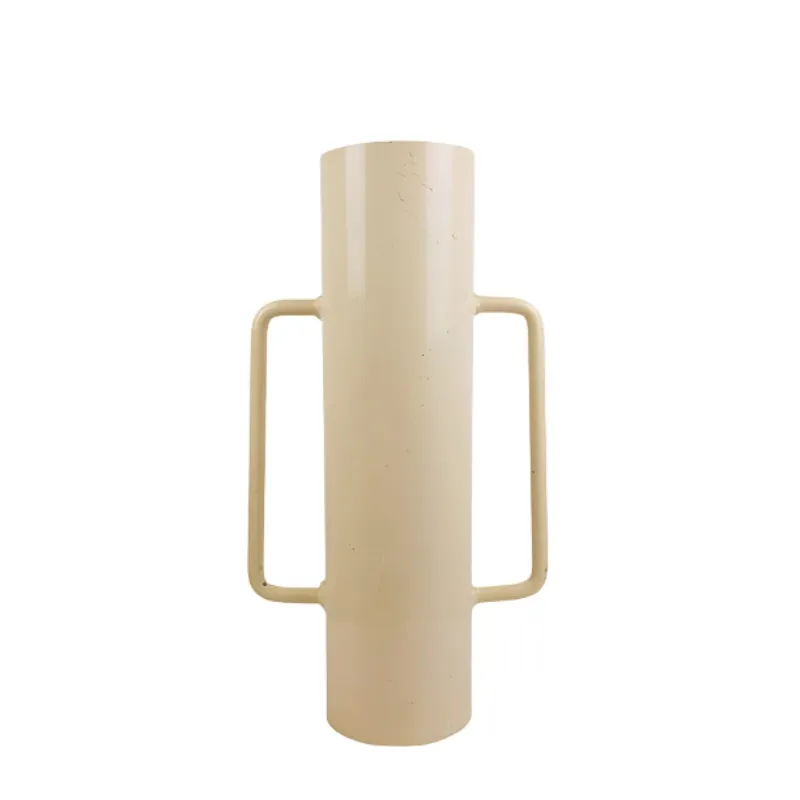
4. Vinyl Fences
Vinyl fencing is a modern alternative to traditional wooden or metal fences. Made from durable plastic, vinyl fences do not splinter, warp, or need painting, making them very low-maintenance. They come in a variety of styles and colors that can complement any farm aesthetic. On the downside, vinyl fencing tends to be more expensive upfront than other materials and might not offer the same level of security for larger animals as sturdier options.
5. Chain-Link Fences
Chain-link fences are commonly used for perimeter fences on farms. They consist of interlocking steel wires forming a diamond pattern, making them relatively affordable and durable. Chain-link fences are particularly useful for keeping animals contained and can withstand harsh weather conditions. However, they may not provide enough privacy and are less visually appealing compared to wooden or vinyl options.
6. Hedge Fences
For a more natural boundary, some farmers opt for hedge fences made from thick shrubbery or trees. They serve as living fences that can deter animals and absorb noise while providing habitats for wildlife. Additionally, hedge fences can complement the environment aesthetically. However, they require ongoing maintenance and may take time to grow to a sufficient height for effective fencing.
Conclusion
When selecting a fence for your farm, it’s vital to consider your specific needs, the types of animals involved, and your budget. Each type of fencing has its unique advantages and disadvantages, and understanding these can help you make an informed decision. Whether you prioritize aesthetics, durability, or cost-effectiveness, the right fence can enhance the functionality and appearance of your farm while ensuring the safety and security of both your livestock and crops.
-
Modern Single Gate Design Iron for Home Stylish Single Main Entrance Iron Gates Secure Single Door Gate DesignNewsJul.08,2025
-
High-Quality Galvanized Wire Mesh Sheets - Durable & Versatile Mesh Sheets for Multi-Purpose UseNewsJul.08,2025
-
Tomato Plant Metal Support – Durable Spiral & Tower Plant Supports for Healthy GrowthNewsJul.07,2025
-
19 Gauge PVC Coated Hardware Mesh – Durable & Rustproof, Ideal for FencingNewsJul.07,2025
-
14 Single Driveway Gate – Durable, Secure & Easy-Install OptionsNewsJul.06,2025
-
Premium Aluminium Fence Vertical Slats - Durable, Stylish & Easy InstallationNewsJul.06,2025
